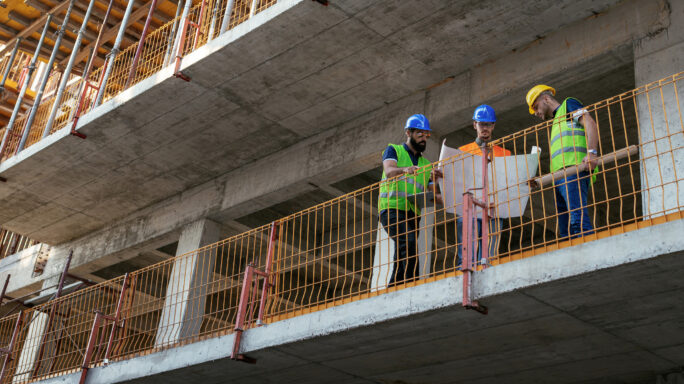Construction
How to create an electrical substation estimate in five minutes or less

The need for accurate preliminary estimates is never more apparent than in the electric power industry. Projects such as new substations are constantly being considered for capital expense and budgeting. Studies that include cost impact analysis are also important to continually improve the performance and reliability of the electrical grid.
If you build substations, you know that estimating cost can be difficult because designs vary depending on why and where you build. At Eos Group, we make this process easier. By combining Sage Estimating, the Eos High Voltage Knowledgebase, and our integrated, substation-specific Microsoft Excel workbooks, you can now generate a detailed substation estimate using basic parameters in less than five minutes!
Sage Estimating Test Drive
Take Sage Estimating for a spin. Get in the driver's seat with this step-by-step guided tour and experience the ease of use of this powerful and flexible solution first-hand.

We created these workbooks after seeing a need for utilities and engineers to be able to quickly develop a one-line design and generate a supporting cost estimate. Three workbooks are available to create estimates for greenfield switching, subtransmission, and distribution substations. The workbooks can be used to plan up to a six-breaker ring bus in a design and support expansion to a breaker-and-a-half design.
Estimating assumptions built into the workbooks automate the process. Examples of assumptions include foundation types and sizes, phase-to-phase spacing, and phase-to-fence distances. Eos can modify any of the assumptions to meet your needs.
The resulting Sage Estimating estimates use models and assemblies, which generate highly-detailed estimates even at the conceptual phase. This allows you to refine and develop early estimates into later-stage estimates as projects are approved and finalized.
Learn more about Sage Estimating:
- See how Sage Estimating and eTakeoff help you avoid takeoff errors and speed up the estimating process.
- Five tips to help you bid smarter
Editor’s note: This article was first published in June 2016 and has been updated for relevance.






I have some quick questions about your product.